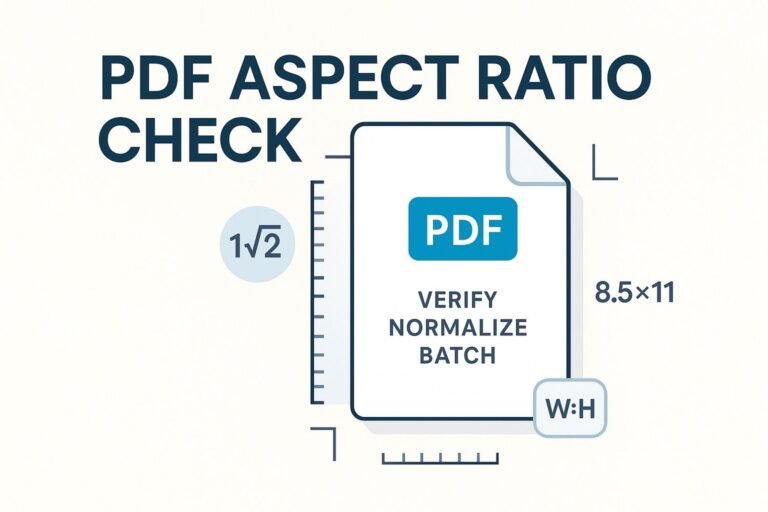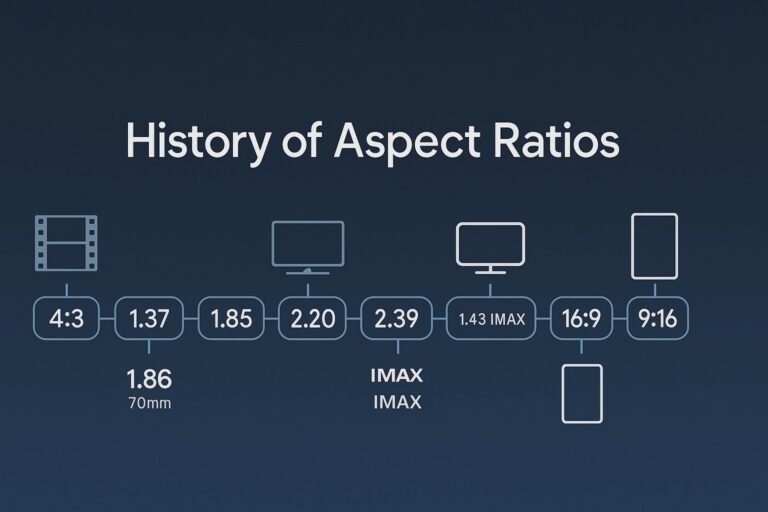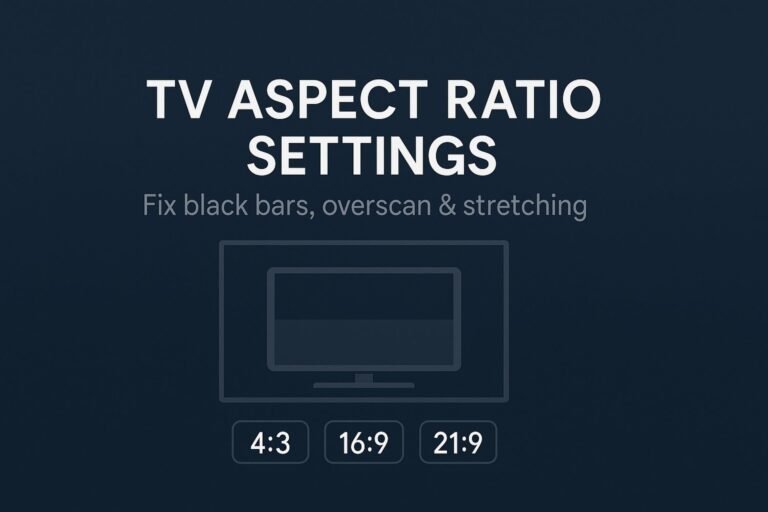Finding the right wallet can be a daunting task in a 24/7 market. This review introduces Ledger Live, aiming to make your choice easier with a side-by-side comparison. It’s perfect for U.S. readers looking for secure and smooth crypto handling. Ledger Live combines a non-custodial wallet with a hardware wallet app. This setup gives you full control and keeps hackers at bay.
Hot wallets are quick but always connected to the internet. Cold wallets offer extra security by staying offline. Ledger merges these advantages by integrating its app with devices like Ledger Nano X and Ledger Stax. This approach strives to create a safe and dependable crypto wallet experience for users across the USA.
Different wallets like Exodus and MetaMask also have their benefits. Yet, Ledger’s emphasis on hardware validation and a streamlined app interface is compelling. If keeping your keys and managing your portfolio easily matters to you, Ledger Live is your go-to choice.
Key Takeaways
- Ledger Live combines a non-custodial wallet with a hardware wallet app for secure crypto management.
- It supports buying, selling, swapping, and tracking across a wide range of assets and NFTs.
- Hardware-backed approvals help reduce online attack surfaces compared with hot-only wallets.
- Competitor options exist, but Ledger aims to balance security and ease for everyday use.
- Designed for U.S. users seeking control of private keys and a smooth, reliable experience.
What is Ledger Live and How Does It Work?
The Ledger Live app is a self-custody hub that’s free. It’s for Ledger hardware wallets on both desktop and mobile. You can manage your crypto, approve actions, and keep your keys safe all in one spot. It’s like a secure place for your crypto with lots of useful tools for everyday.
Overview of Ledger Live Features
Each main feature of Ledger Live is about making things smoother while staying safe. You can look after 5,500+ types of coins, tokens, and NFTs. Before anything gets final on the network, you confirm it on your device. Services like Coinify and MoonPay let you buy crypto easily, and other tools help you swap crypto quickly.
It works with the Bitcoin mainnet and other networks too. For those who use Bitcoin a lot, it goes well with Leather for Ordinals, Stacks, and Sparrow for multi-sig and secure workflows. A helpful tutorial on Ledger Live shows you how to set everything up and get started with confidence.
User Interface and User Experience
The design is neat and the same across Windows, macOS, Linux, Android, and iOS. You have one dashboard for everything like balances, charts, and transaction history. It feels easy to use right from the start. You can connect via Bluetooth to Ledger Nano X and Ledger Stax for quick checks without risking your private keys.
It fits well with each crypto network, making sending, receiving, and swapping straightforward. When buying crypto, it shows you rates and fees upfront. Then it guides you to confirm on your device. Handy tips and a simple guide in the app help avoid mistakes and make doing things again faster.
Security Measures Implemented by Ledger Live
Your private keys stay safe in a Secure Element, guarded by your PIN and other protections. If someone puts in the wrong PIN three times, the device resets. It also has checks to protect against physical tampering. Every transaction gets checked on your device first, keeping your wallet secure.
The app, API, and SDK of Ledger Live are open for all to see and get checked by independent experts. This combination of offline and software security lets you keep an eye on your crypto, buy, or swap confidently. You get top-notch security while enjoying the modern features of Ledger Live.
Comparing Ledger Live with Competitor Wallets
U.S. crypto users often look at ease of use, coin variety, and key safety when comparing wallets. This part discusses the differences between Ledger Live and other wallets. It helps in picking one that meets various needs without favoring any.

Overview of Major Competitor Wallets
Exodus supports many assets and works with Trezor. Zengo doesn’t need a seed phrase. Trust Wallet is great for multiple chains and NFTs. MetaMask is good for Web3 dApps. Coinbase Wallet is great for exchange users. Guarda works on many platforms with SEPA support. Sparrow and BlueWallet are specialized for Bitcoin users.
Binance Wallet focuses on trading and storage. Hardware options include Trezor Model T and Safe 3, SafePal S1, BC Vault, and Tangem NFC cards. These choices affect whether people go for Ledger or Trezor for either day-to-day use or long-term storage.
Key Differences in Features and Usability
Ledger Live works with its hardware to keep keys offline, needing device checks for actions. Hot wallets are quicker but less secure due to online keys. Zengo offers security without a single seed point. Trust Wallet is user-friendly on mobile. MetaMask is best for Web3. Support for Bitcoin or Solana depends on the setup.
Exodus has a simple look and allows in-app swaps, but only pairs with Trezor. It offers limited support for Ordinals. Ledger Live is easy to set up. It connects with partners for various transactions while keeping approvals secure on the device. This approach highlights Ledger Live’s focus on security and ease for daily use.
Performance and Compatibility of Ledger Live
Ledger Live supports over 5,500 assets on several platforms. Bluetooth features on Nano X, Stax, and Flex enhance mobile use without risking key exposure. Advanced Bitcoin users can use Sparrow or Leather with secure key storage.
When comparing wallets, hardware design is also key. Ledger uses secure chips, while some competitors use less secure MCUs. For U.S. users, combining Ledger Live with hardware ensures a balance of speed, asset variety, and safety. These points help in choosing between Ledger and Trezor and in understanding the comparisons with other wallets.
Benefits of Choosing Ledger Live
Ledger Live offers secure and clear crypto management. It provides strong protection and a straightforward workflow. This is great for U.S. users who have Bitcoin, Ethereum, or stablecoins. Its design is good for long-term storage but keeps daily transactions simple.
Enhanced Security for Crypto Assets
Ledger devices keep private keys safe in a secure chip away from the internet. This hardware wallet’s security ensures all approvals happen inside the chip and on the device screen. It helps reduce risks from malware and phishing.
It includes PIN protection, automatic resets, and checks for tampering. Open-source components and independent reviews boost Ledger Live’s security. This is vital for anyone handling large amounts of crypto.
- On-device confirmation prevents blind signing.
- Seed protection and authenticity checks resist supply chain risk.
- Cold storage aligns with treasury best practices for reserves.
User-Friendly Experience for All Levels
Ledger Live combines portfolio tracking, buying, selling, and swapping in one spot. Desktop and mobile apps offer consistent features. Bluetooth on Nano X and Ledger Stax ensures secure use on the go.
New users get a helpful setup guide. Experienced users connect to Sparrow or Leather for more Bitcoin tools. All while key security is kept safe.
- Simple onboarding with step-by-step prompts.
- Unified dashboard for balances and activity.
- Flexible workflows for retail, business, and payroll needs.
Support for Multiple Cryptocurrencies
Users can manage many coins and tokens with Ledger Live, like Bitcoin, Ethereum, and more. It also integrates NFTs and Bitcoin tools smoothly. Ledger Live makes managing a variety of cryptocurrencies easy and intuitive.
Lightning, Stacks, Ordinals, and Stamps are accessible with extra software but stay secure. This suits both long-term holders and active traders. It makes Ledger Live a useful place for different crypto needs.
- Manage USDC and other stablecoins alongside volatile assets.
- Track and transact across networks from one app.
- Combine cold storage resilience with partner-enabled convenience.
Getting Started with Ledger Live
The Ledger Live app makes it easy to keep, follow, and use your favorite cryptocurrencies. This guide helps you start with Ledger Live safely. It also gives tips for connecting Ledger to Sparrow and managing Ordinals. Keep your setup simple, clear, and your assets safely offline.
Step-by-Step Setup Guide
Start by downloading the certified Ledger Live app for your device. Then, open the app. Unbox your Ledger gadget—be it Nano S Plus, Nano X, Stax, or Flex. Set a PIN of 4–8 digits. Write down your recovery phrase on paper and keep it safe offline. Your keys are protected on the device by the Secure Element.
Now, open Ledger Live to check it’s real and put in apps for different assets in Manager. Create accounts and connect them using USB-C or Bluetooth if it’s available; Flex and Stax also have NFC. You can put money in your wallet by buying through Coinify or MoonPay, or moving it from another exchange. Always confirm actions on your device screen. For deeper Bitcoin needs, use Ledger with ideas like Ordinals, BRC-20, and more. For extra security, like in multi-sig or air-gapped setups, link Ledger to Sparrow. This keeps your setup of Ledger Live sharp.
Tips for Maximizing Your Experience
Always update your firmware and Ledger Live regularly. Also, check your device after any major update. Split your funds: Use a mobile device like Nano X for daily spending. Store larger, long-term assets on a more secure device. Use USDC for steady payments, and consider Bitcoin or Ethereum while watching for volatility and tax implications.
To explore more of Web3, combine Ledger with MetaMask for EVM chains and Leather for Bitcoin variants. This lets you keep secure while trying out different dApps. If you ever need help, a quick Ledger Live guide can show you how to manage Ledger safely on both your computer and phone.
Common Questions and Troubleshooting
Why pick this instead of a hot wallet? Hot wallets leave your keys exposed online. Ledger keeps your keys safely offline in its Secure Element, needing on-device approval for transactions. Lost your device? You can recover everything on a new Ledger with your seed if your device is lost or stolen; a wrong PIN three times makes it reset. Never enter your seed on any digital device.
Do Ledger systems support all cryptocurrencies? Ledger Live and its devices support many assets, but some specific ones need a third-party wallet for access. Is this good for payroll? Yes, with a layered approach: keep day-to-day money easy to reach and big reserves completely offline. For connections and lasting use, the Nano X has Bluetooth; Stax and Flex add E Ink screens and more features; Nano S Plus offers basic USB power for beginners. With careful Ledger Live planning and smart device pairings, such as connecting Ledger to Sparrow, you stay safe and efficient.
FAQ
What is Ledger Live and how does it work with Ledger hardware wallets?
Ledger Live is the official app for Ledger hardware wallets like Nano S Plus and Nano X. It lets you manage over 5,500 types of cryptocurrencies and NFTs. You can buy, sell, and swap assets through it, and keep track of your portfolio. When you use Ledger Live, you confirm transactions on your wallet’s screen, which keeps your keys safe and offline.
Why choose Ledger Live over hot wallets?
Hot wallets are more vulnerable because they’re connected to the internet, making them easy targets for hackers. Ledger Live, on the other hand, keeps your private keys secured inside the wallet’s chip. This method decreases risks while still being easy to use every day.
How do I complete a Ledger Live download and setup?
First, download the Ledger Live app from the official site or app stores. Next, set up your Ledger wallet with a PIN and backup your recovery phrase safely. Then, open Ledger Live, follow the setup guide, and add your accounts. You can connect your wallet via USB-C or Bluetooth (for Nano X, Stax, Flex). Remember, confirm all actions on your Ledger device.
What features stand out in Ledger Live?
Ledger Live shines with its ability to manage many assets and its integrated services for trading. It has a clear dashboard for your portfolio and ensures every transaction is confirmed on your device. The app also links to other Bitcoin tools, offering more advanced options.
How does the Ledger Live app compare with competitors like MetaMask, Exodus, Trust Wallet, and Trezor?
Ledger Live beats many with its balance between security and usage ease. While MetaMask is great for Web3 access, it lacks in some areas. Exodus has a great user interface and works with Trezor. Trust Wallet is the go-to for mobile users, but Trezor is open-source with hardware limitations. Ledger offers a broad range of assets with utmost security.
Conclusion
Choosing the right crypto wallet is about striking the perfect balance between security, usability, and flexibility. While competitors like MetaMask, Exodus, and Trust Wallet excel in specific areas, Ledger Live stands out as a complete solution. It merges the safety of hardware wallets with the convenience of an intuitive app, all while supporting thousands of assets and NFTs.









